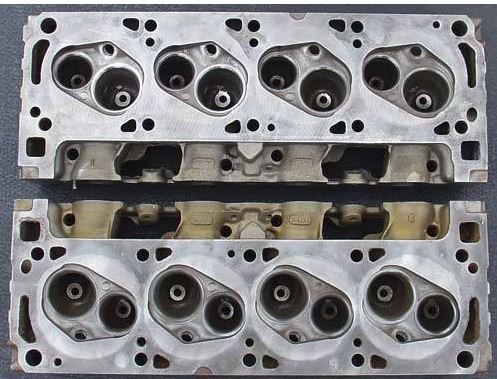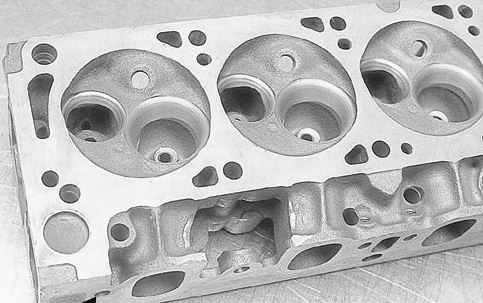- Joined
- Apr 19, 2011
- Messages
- 4,308
- Reaction score
- 65
- Location
- San Jose, CA
- My Car
- 1971 M-code Grande
The book says my combustion chamber volume is 64 to 67.
What does that mean exactly?
mike
What does that mean exactly?
mike

Please explain "combustion chamber".How many cc's of liquid a combustin chamber will hold. A smaller cc combustion chamber means higher compression ratio.













Yes, the heads will have a volume, 64 cc for example but I think you have to consider the type of piston too and thickness of the head gasket. For example, are you using a dish, flat top or dome piston? A dish will add to the total, flat top is essentially zero and a dome will decrease it some because it is above the block area and extends into the cylinder head area. The thickness of the gasket will also add some volume though it is usually minute. In general when talking combustion chamber size you are talking cylinder head but serious engine builders consider everything..So the combustion chamber is what is left when the piston is
in full compression cycle, top of stroke.
mike